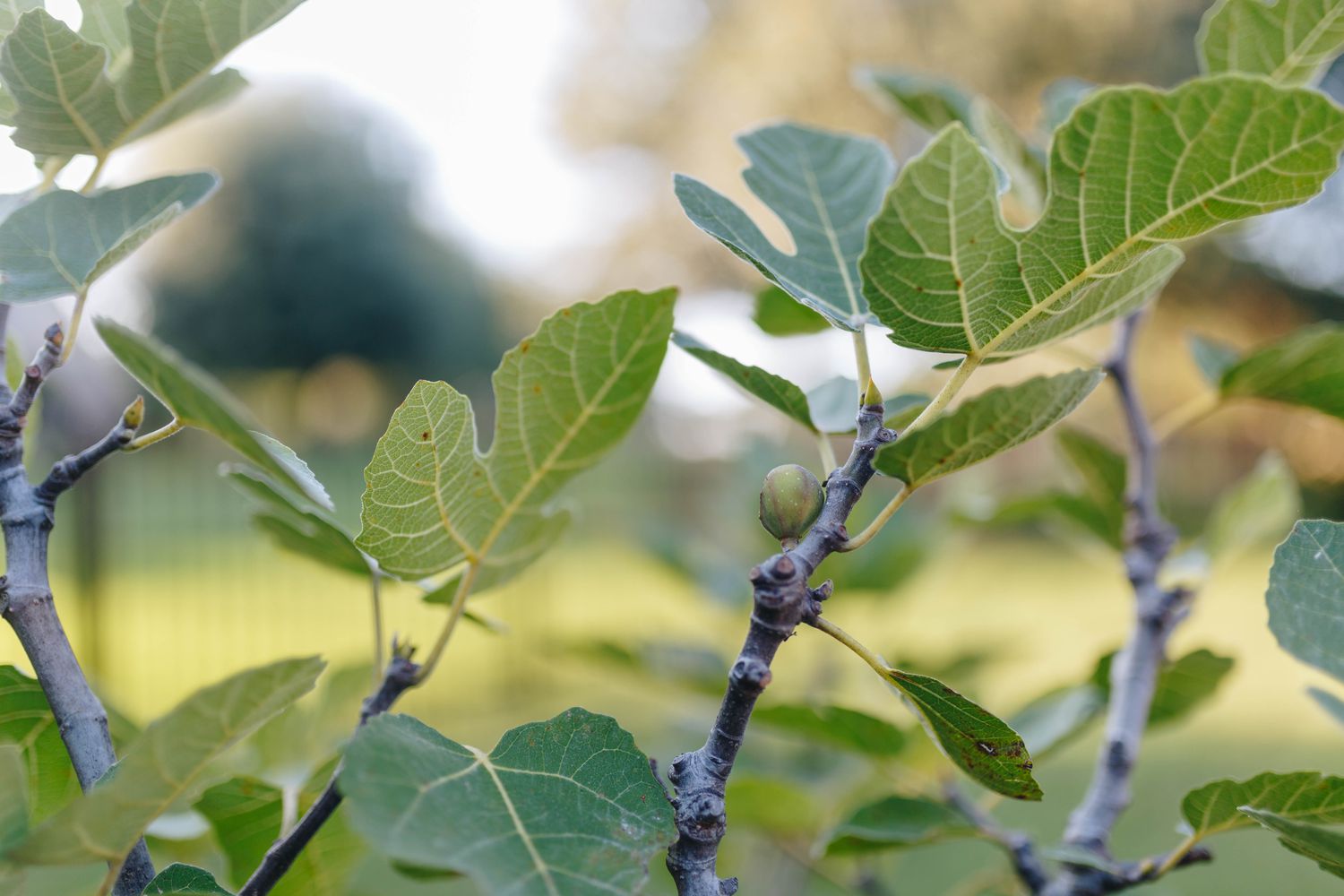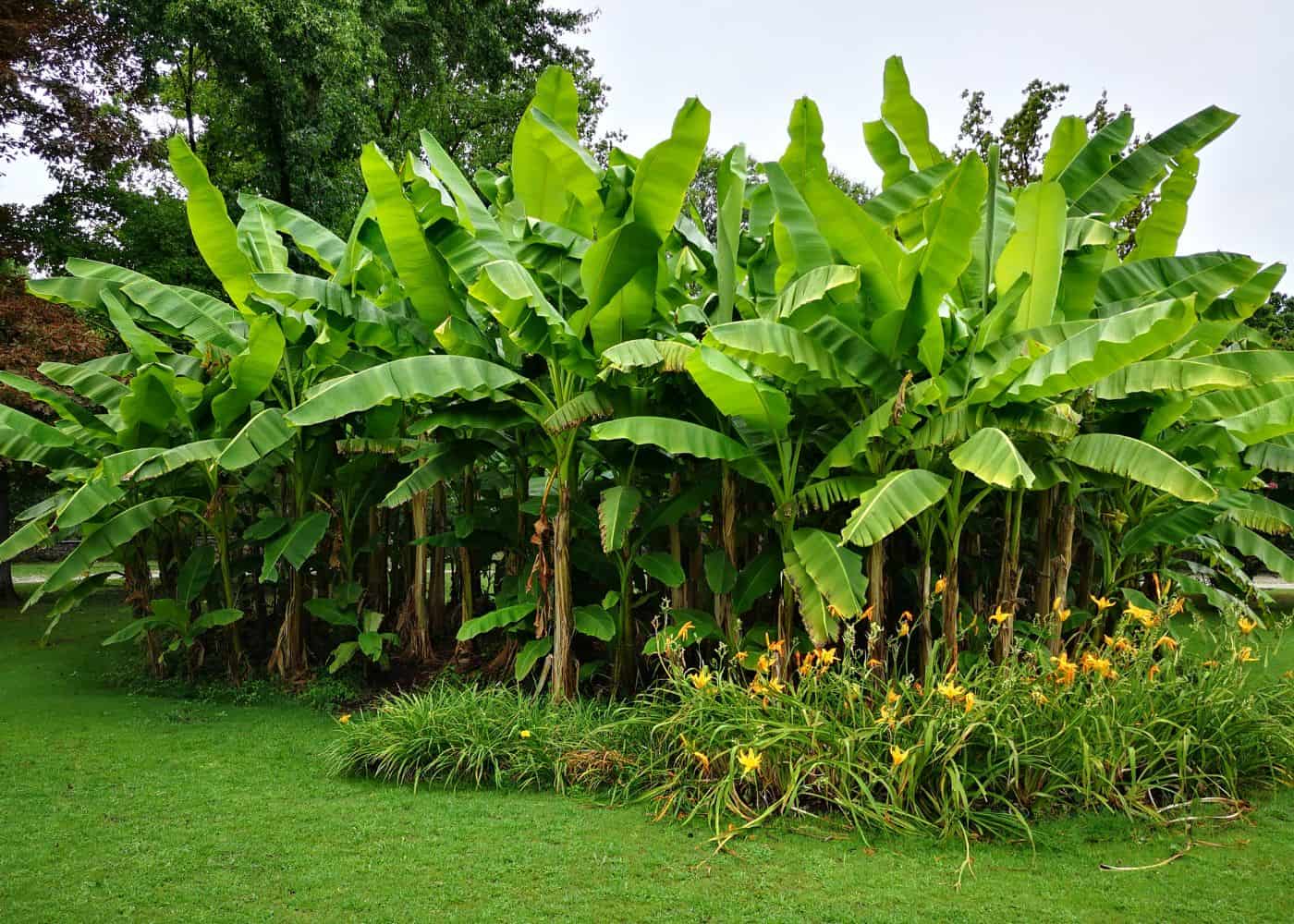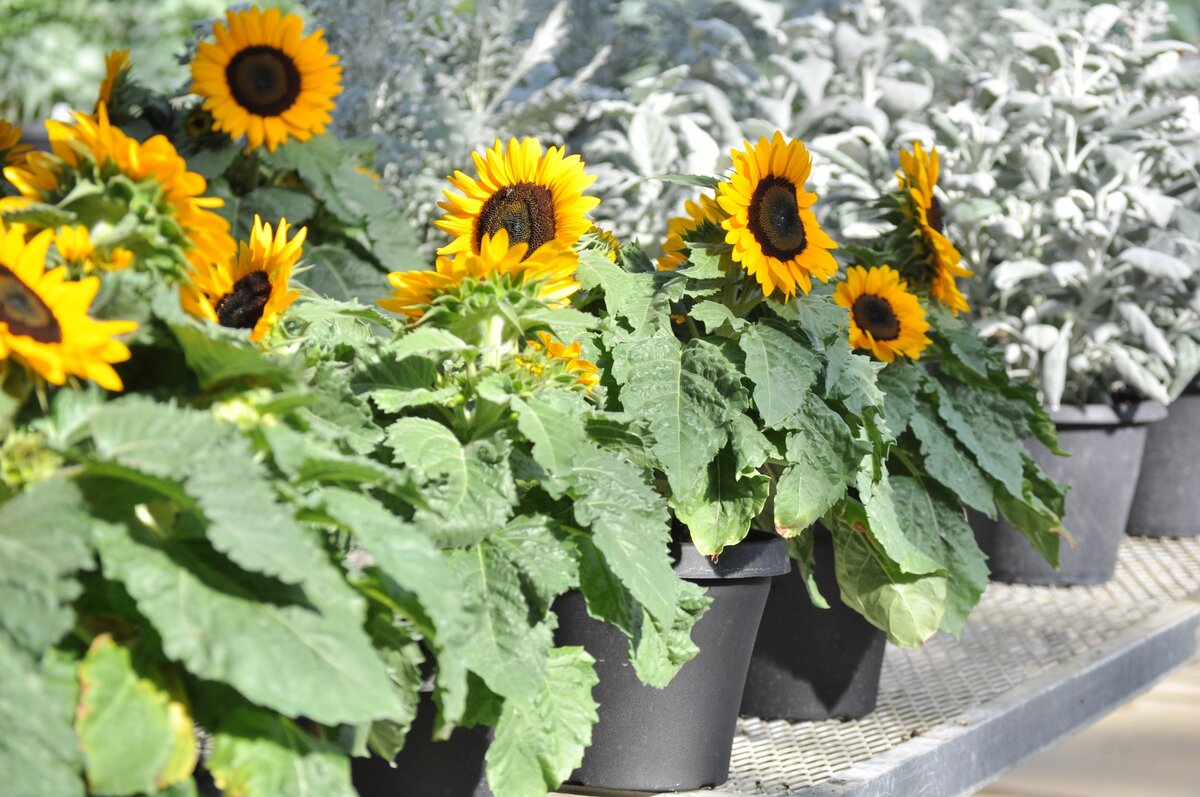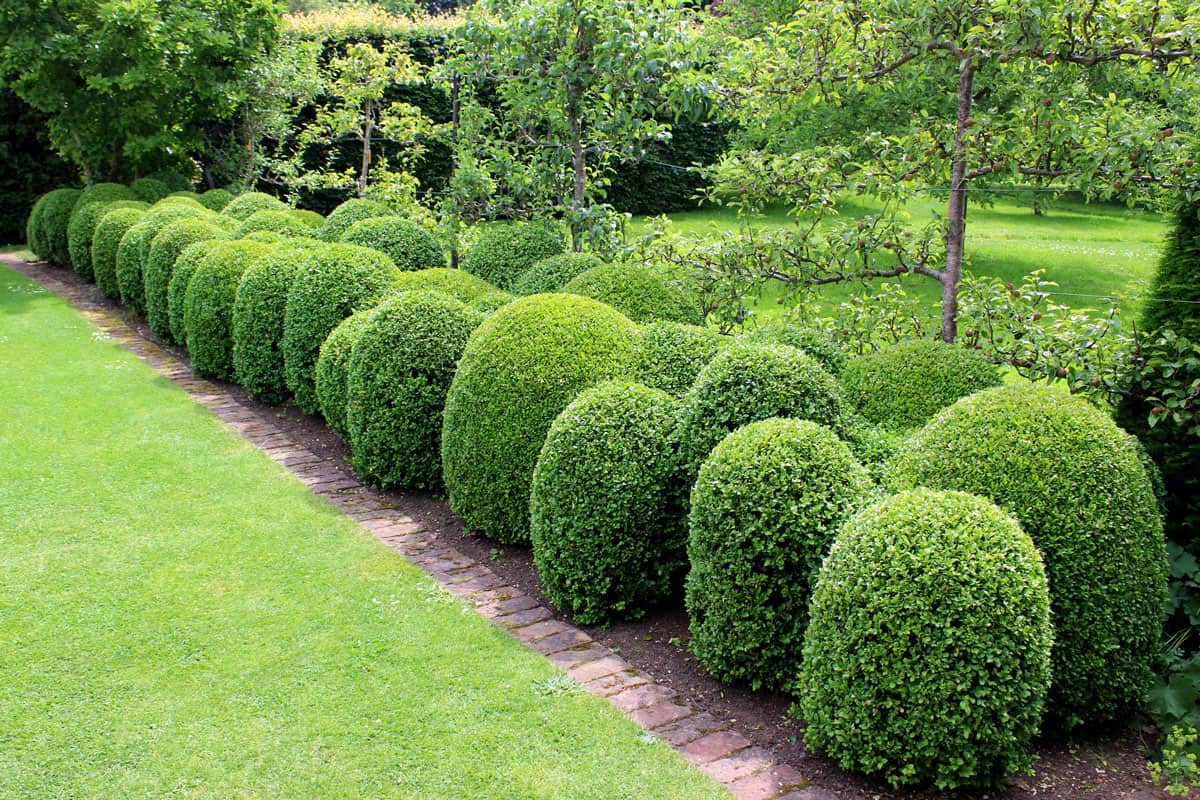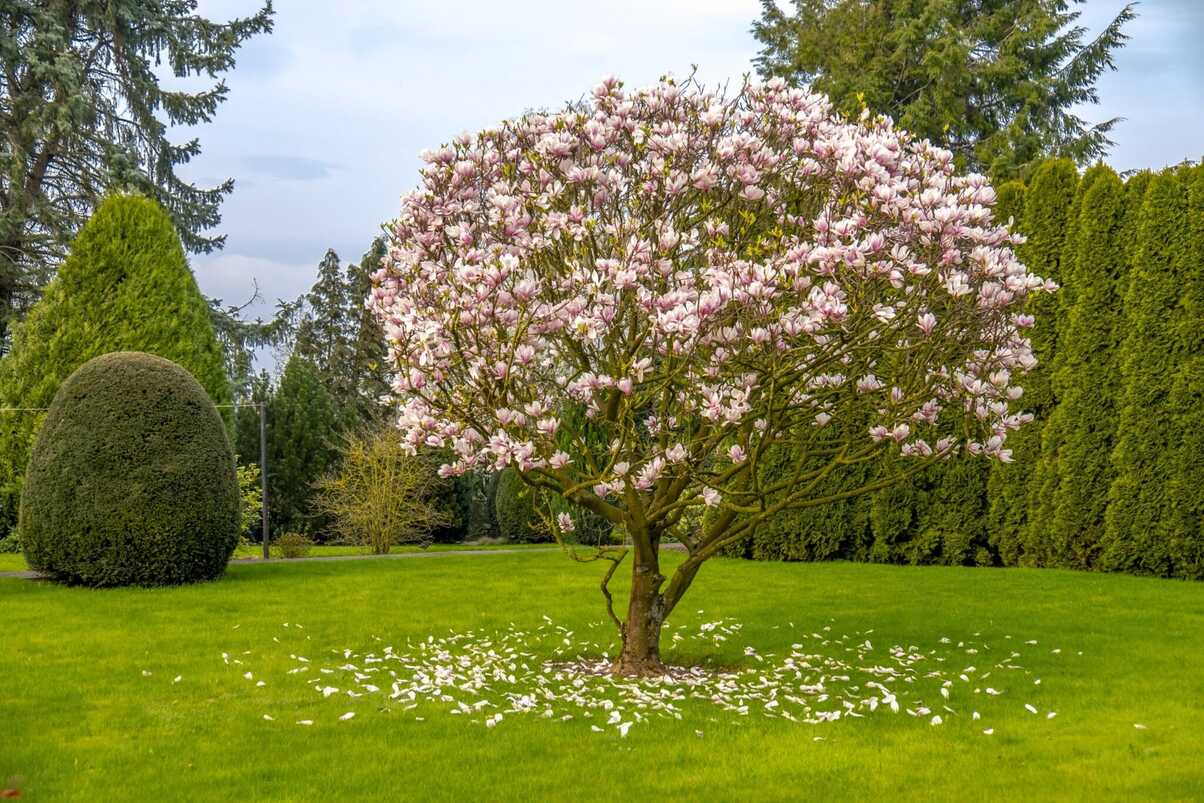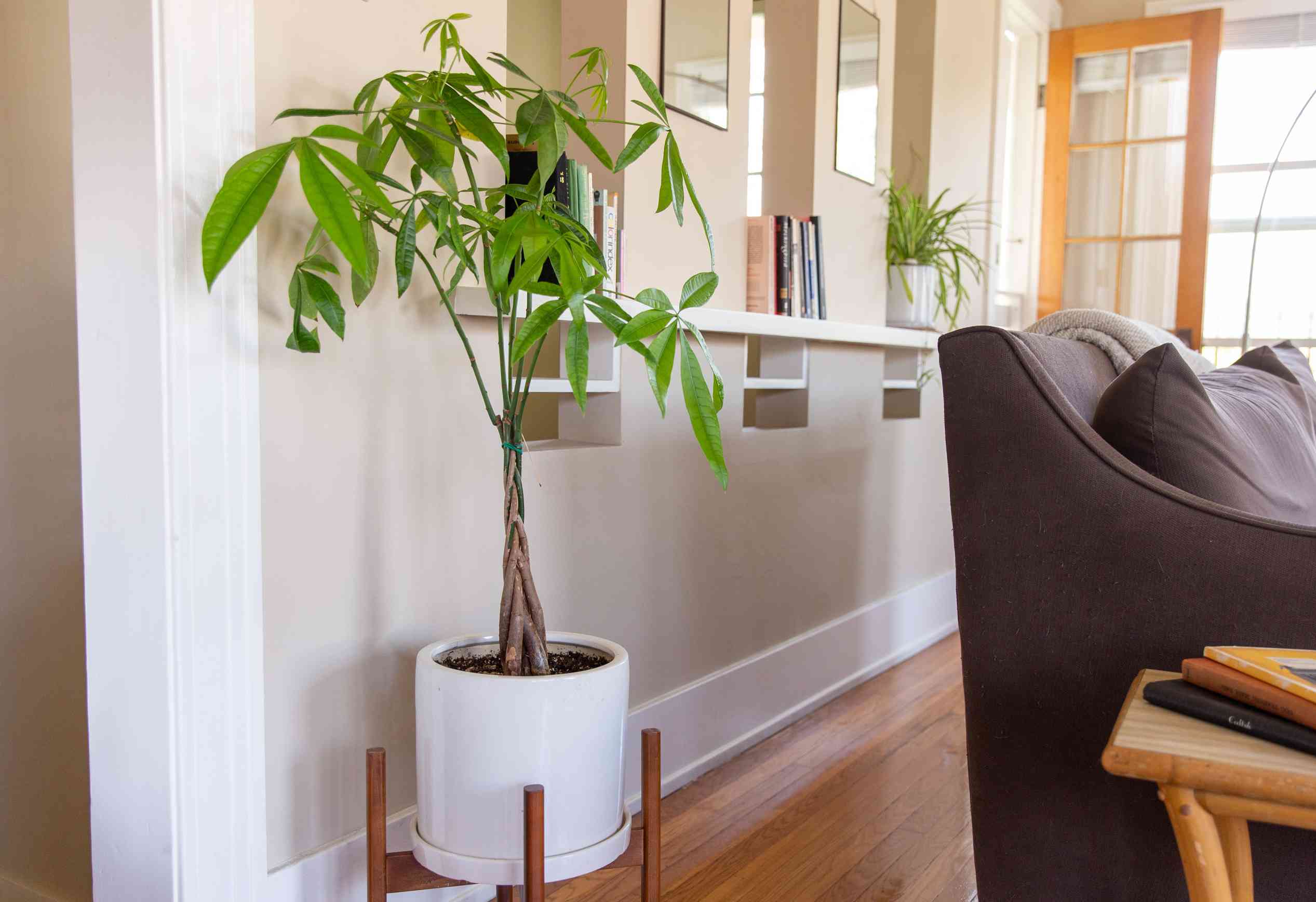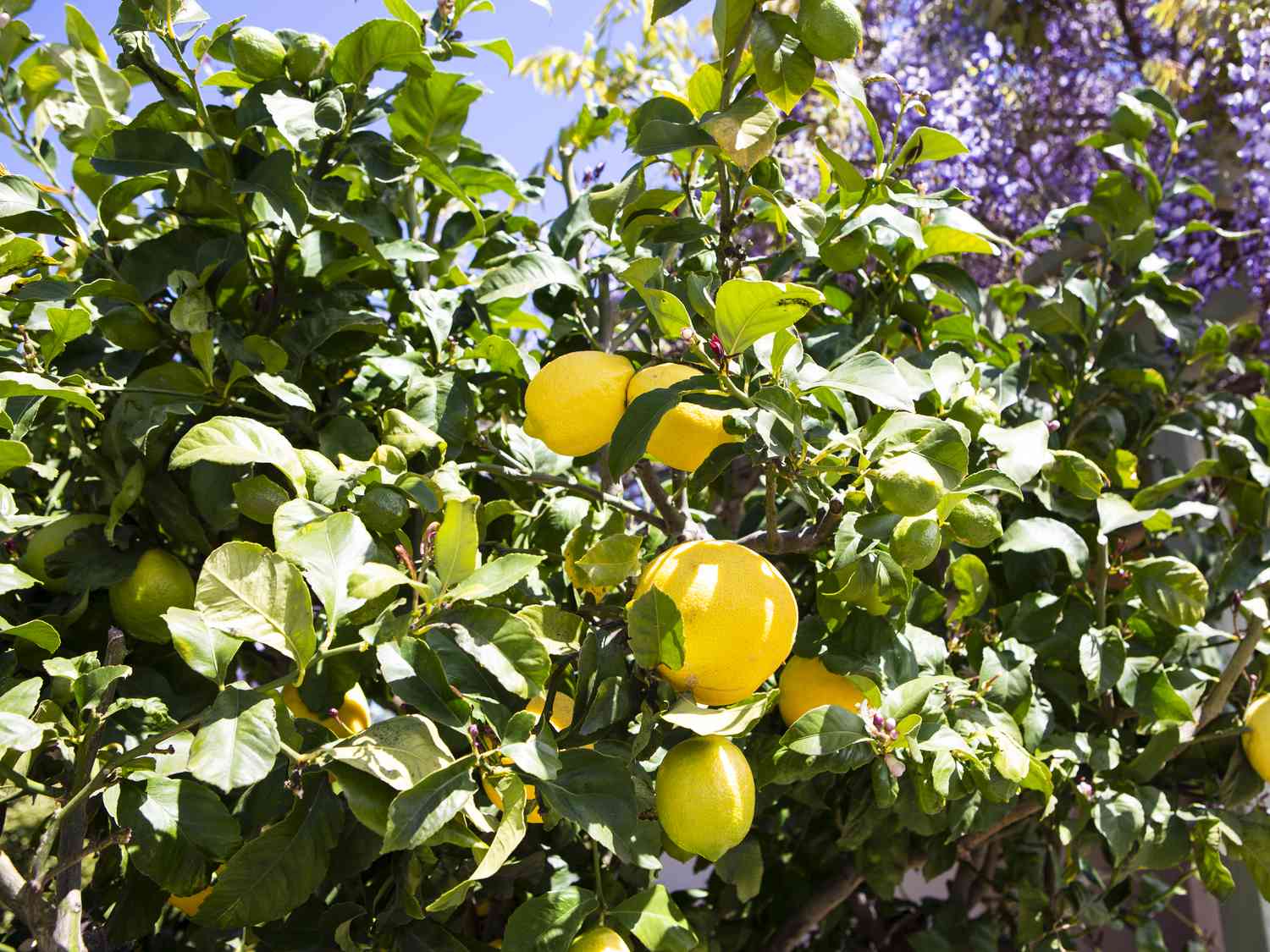Home>Types of Gardening>Edible Gardening>How Tall Do Meyer Lemon Trees Grow


Edible Gardening
How Tall Do Meyer Lemon Trees Grow
Modified: February 7, 2024
Learn about the height of Meyer lemon trees and how they fit into your edible gardening plans. Discover the ideal dimensions for these fruitful trees.
(Many of the links in this article redirect to a specific reviewed product. Your purchase of these products through affiliate links helps to generate commission for Chicagolandgardening.com, at no extra cost. Learn more)
Table of Contents
- Introduction
- Ideal Growing Conditions for Meyer Lemon Trees
- Height and Growth Rate of Meyer Lemon Trees
- Factors Affecting the Height of Meyer Lemon Trees
- Pruning Techniques for Controlling the Height of Meyer Lemon Trees
- Possible Height Limitations for Indoor and Container-Grown Meyer Lemon Trees
- Conclusion
Introduction
Welcome to the world of edible gardening! If you’re a fan of fresh and organic produce, there’s no better way to enjoy it than by growing it yourself. And when it comes to edible gardening, one of the most popular and rewarding choices is the Meyer lemon tree.
The Meyer lemon tree (Citrus × meyeri) is a hybrid citrus tree believed to be a cross between a lemon and a mandarin or orange. It was first introduced to the United States in the early 20th century and quickly gained popularity thanks to its unique flavor and versatility in culinary applications.
Unlike traditional lemon trees, Meyer lemon trees offer sweeter and less acidic fruit. Their thin skin, rich aroma, and vibrant yellow color make them a favorite among gardeners and chefs alike. Whether you want to use them in refreshing beverages, tangy desserts, or zesty marinades, Meyer lemons are sure to add a delightful twist to your culinary creations.
Not only are Meyer lemons a culinary delight, but they are also relatively easy to grow, making them a perfect choice for beginners and seasoned gardeners alike. With proper care and attention, you can enjoy a bountiful harvest of juicy lemons right in your own backyard.
In this article, we will explore the ideal growing conditions for Meyer lemon trees, their potential height and growth rate, factors that can influence their height, as well as pruning techniques to help control their growth. Whether you have a spacious garden or are limited to growing in containers, we will also discuss possible height limitations to fit any space.
So, get ready to embark on a journey of discovering the wonders of Meyer lemon trees and how to maximize their growth and productivity. Let’s dive in and learn everything you need to know about the height and care of these delicious citrus trees.
Ideal Growing Conditions for Meyer Lemon Trees
For a Meyer lemon tree to thrive and reach its maximum height potential, it is crucial to provide it with the ideal growing conditions. Here are the key factors to consider:
- Sunlight: Meyer lemon trees require full sun exposure to thrive. They should receive at least six to eight hours of direct sunlight every day. Placing them in a location with southern or western exposure is ideal. Limited sun exposure can result in stunted growth and reduced fruit production.
- Temperature: Meyer lemon trees are best suited for USDA hardiness zones 9-11. They prefer moderate temperatures between 55°F to 80°F (13°C to 27°C). Extreme cold or hot temperatures can adversely affect their growth and health. In colder regions, it is recommended to grow them in containers and bring them indoors during the winter months.
- Soil: Well-draining soil is essential for Meyer lemon trees. They prefer slightly acidic to neutral soil with a pH range of 5.5 to 7.0. Sandy loam or loamy soil enriched with organic matter provides the ideal growing medium. Avoid heavy clay soil that retains water, as it can cause root rot.
- Watering: Meyer lemon trees prefer regular and consistent watering. While they require moist soil, it is crucial to avoid waterlogged conditions. Water deeply once or twice a week during warmer months and reduce watering frequency during colder months. Allow the top inch of soil to dry out between watering intervals.
- Fertilization: To support healthy growth, fertilize your Meyer lemon tree regularly. Use a balanced citrus fertilizer or a slow-release granular fertilizer formulated specifically for citrus trees. Apply fertilizer in early spring and early fall, following the instructions provided by the manufacturer.
- Pruning: Regular pruning helps maintain the shape and height of the tree, promotes airflow, and enhances sunlight penetration. Prune in early spring to remove dead or damaged branches and improve overall structure. Avoid severe pruning, as it can delay fruit production.
- Pest and Disease Management: Keep an eye out for common pests such as aphids, scale insects, and spider mites. Regularly inspect the leaves and branches for signs of infestation or disease. Treat promptly using organic or appropriate insecticides and fungicides. Maintaining good hygiene by removing fallen leaves and fruit can also help reduce the risk of disease.
By providing the optimal growing conditions and following these care practices, you can ensure that your Meyer lemon tree flourishes and reaches its potential height. Remember, healthy and happy trees are more likely to yield a bountiful harvest of delicious lemons for years to come.
Height and Growth Rate of Meyer Lemon Trees
Meyer lemon trees have a moderate growth rate compared to some other citrus trees. On average, they can reach a height of 6 to 10 feet (1.8 to 3 meters) when grown in the ground. However, with proper care and maintenance, they can grow even taller, sometimes reaching up to 15 feet (4.6 meters).
Their growth rate can vary depending on various factors such as climate, growing conditions, and care practices. In optimal conditions, Meyer lemon trees can grow about 1 to 2 feet (0.3 to 0.6 meters) per year. However, it’s important to note that growth rate may slow down as the tree reaches its mature size.
It’s essential to keep in mind that the height of the tree is not the only indicator of its health and productivity. Pruning and shaping the tree can help maintain a manageable size and encourage more efficient fruit production.
When planting a Meyer lemon tree, consider the available space and desired height. If you have limited space, you may choose to grow the tree in a container. Container-grown Meyer lemon trees tend to stay smaller, typically around 4 to 6 feet (1.2 to 1.8 meters) tall. This makes them ideal for patios, balconies, or small gardens.
Additionally, if you live in a region with harsh winters or have a short growing season, growing your Meyer lemon tree in a pot allows you to bring it indoors during the colder months. This not only protects the tree from frost but also helps regulate its growth and height.
Remember that while Meyer lemon trees can tolerate pruning, it’s important to not overdo it. Pruning too severely or too frequently can stress the tree and affect its overall health and fruit production. It’s recommended to prune in early spring, before new growth begins, and only remove dead or diseased branches or to shape the tree lightly.
Overall, the height and growth rate of Meyer lemon trees are influenced by various factors, including planting location, climate, care practices, and pruning techniques. Understanding these factors and providing the optimal conditions will help your tree thrive and reach its potential height, ensuring a healthy and fruitful addition to your garden.
Factors Affecting the Height of Meyer Lemon Trees
The height of Meyer lemon trees can be influenced by several factors, some of which are under your control as a gardener. Understanding these factors will help you manage the height of your tree and ensure its optimal growth. Here are the key factors affecting the height of Meyer lemon trees:
- Rootstock: The rootstock onto which the Meyer lemon tree is grafted can have a significant impact on its height. Different rootstocks have varying growth habits and can influence the overall size of the tree. It’s important to choose a compatible and suitable rootstock that matches your desired height and growing conditions.
- Age: The age of the tree plays a role in determining its height. Young Meyer lemon trees will be smaller in size compared to mature trees. It’s important to consider the expected growth rate and eventual height of the tree when planning its placement in the garden or choosing a container size.
- Pruning: Pruning is a crucial factor in managing the height of Meyer lemon trees. Regular and appropriate pruning helps control the tree’s growth, maintain its shape, and promote better fruit production. Pruning can involve removing dead or diseased branches, shaping the tree, and managing its size. Pruning too severely or too often can stunt growth or make the tree weaker, so it’s important to follow proper pruning techniques.
- Watering and Fertilization: Overwatering or over-fertilizing the tree can lead to excessive growth, resulting in taller trees. While Meyer lemon trees require regular watering and feeding, it’s important to strike a balance and avoid overdoing it. Follow recommended watering and fertilization practices to provide the necessary nutrients without promoting excessive growth.
- Climate and Growing Conditions: The climate and growing conditions in your specific location can affect the height of Meyer lemon trees. In warm and favorable climates, the trees may grow taller and have a faster growth rate. However, in colder regions, where trees may need to be grown in containers or protected from frost, the growth rate and eventual height may be limited.
- Genetics: The genetic makeup of the tree also plays a role in its height. Different Meyer lemon varieties may have slightly different growth habits and tendencies. Some varieties may naturally grow taller, while others may have a more compact growth habit. Choosing the right variety for your desired height can help manage the tree’s growth.
By understanding and managing these factors, you can have more control over the height of your Meyer lemon tree. Regular maintenance, appropriate pruning, and providing optimal growing conditions will contribute to a healthy, well-shaped tree that fits perfectly in your garden or container.
Pruning Techniques for Controlling the Height of Meyer Lemon Trees
Pruning plays a crucial role in managing the height of your Meyer lemon tree. By using proper pruning techniques, you can control the tree’s growth, maintain its shape, and ensure optimal fruit production. Here are some pruning techniques to help you control the height of your Meyer lemon tree:
- Initial Training Pruning: After planting a young Meyer lemon tree, it’s essential to perform initial training pruning. This involves removing any dead or damaged branches and shaping the tree by selectively cutting back branches to encourage a well-balanced structure. This early pruning sets the foundation for future growth and helps shape the tree to your desired height.
- Annual Maintenance Pruning: Perform annual maintenance pruning during the dormant season, typically in early spring before new growth begins. This is the ideal time to remove any dead, diseased, or crossing branches. Focus on maintaining an open canopy that allows sunlight to reach the entire tree. Additionally, thin out excessive growth and eliminate water shoots, which are fast-growing upright branches that can contribute to excessive height.
- Selective Branch Pruning: To manage the height of your Meyer lemon tree, selectively prune branches that are growing too vigorously or extending beyond your desired height. Identify branches that are growing upward or outward at a rapid rate and prune them back to encourage more lateral growth. This helps keep the tree more compact and within your preferred height range.
- Topping: Topping involves cutting off the top portion of the tree to control its height. However, topping is not recommended for Meyer lemon trees. It can lead to weak growth, increased susceptibility to disease and pests, and reduced fruit production. Instead of topping, focus on other pruning techniques mentioned above to manage the height in a healthier and more sustainable manner.
- Timing: Prune your Meyer lemon tree during the appropriate time to maximize its potential growth and minimize stress. Early spring, before the tree starts to produce new growth, is the best time for pruning. Avoid pruning during periods of extreme cold or heat, as this can affect the tree’s ability to heal and recover. Always use clean and sharp pruning tools to make clean cuts and minimize damage to the tree.
- Observation and Adjustment: Regularly observe the growth of your Meyer lemon tree and make adjustments accordingly. If you notice excessive growth or the tree reaching undesired heights, increase the frequency of pruning to manage its growth more effectively. Remember to not over-prune, as this can limit fruit production. Strike a balance and maintain a healthy canopy while achieving your desired height.
By implementing these pruning techniques, you can have better control over the height of your Meyer lemon tree. Remember to be patient and consistent with your pruning practices, allowing the tree to adjust to the changes gradually. Proper pruning, combined with other essential care practices, will result in a well-maintained tree that fits perfectly in your garden or container.
Possible Height Limitations for Indoor and Container-Grown Meyer Lemon Trees
Meyer lemon trees are well-suited for container gardening, making them a popular choice for indoor cultivation or limited outdoor spaces. While they can thrive in containers, it’s important to understand the potential height limitations that may arise when growing Meyer lemon trees indoors or in containers.
One of the main factors that can limit the height of indoor or container-grown Meyer lemon trees is the restricted root space. Unlike their counterparts grown in the ground, container-grown trees have limited room for root development. The size of the container impacts the tree’s ability to grow to its full potential height.
The diameter and depth of the container play a crucial role in determining the maximum size of the root system. A smaller container restricts the growth of the roots, which in turn can limit the overall size and height of the tree. It’s important to choose a container that allows for adequate root space and growth.
Additionally, growing Meyer lemon trees indoors or in containers may limit their exposure to natural sunlight. While they can still thrive with sufficient indirect light, the lack of full sun exposure may influence their growth rate and height. Limited sunlight can result in slower growth and a more compact growth habit.
Inadequate pollination can also impact the potential height and fruit production of indoor or container-grown Meyer lemon trees. These trees often lack exposure to natural pollinators like bees and rely on hand pollination methods. If pollination is not thorough or consistent, it may affect the tree’s ability to produce a high yield of fruit.
Despite these limitations, you can still enjoy a healthy and productive Meyer lemon tree indoors or in a container by implementing proper care practices. Regularly check the root system and repot the tree when it outgrows its current container. Provide ample sunlight through a sunny window or artificial grow lights to support healthy growth.
Consider hand pollination using a small brush or by gently shaking the tree’s branches to increase fruit production. Fertilize the tree with a balanced citrus-specific fertilizer to provide the necessary nutrients for growth and fruit development.
When growing a Meyer lemon tree indoors or in a container, it’s important to adjust expectations regarding its potential height. Container-grown trees typically range from 4 to 6 feet (1.2 to 1.8 meters) tall. However, the size can vary depending on the variety, rootstock, care practices, and environmental factors.
By understanding these possible height limitations and providing appropriate care and maintenance, you can still have a successful and enjoyable experience growing Meyer lemon trees indoors or in containers. With proper attention, you can enjoy the sights and flavors of these delightful citrus trees, even in limited spaces.
Conclusion
Cultivating Meyer lemon trees in your edible garden can be a rewarding and delightful experience. With their unique flavor, versatility in the kitchen, and relatively easy maintenance, Meyer lemon trees are a favorite choice among gardeners of all levels of experience.
In this article, we explored the ideal growing conditions for Meyer lemon trees, including the importance of sunlight, temperature, soil, watering, fertilization, and pruning. We also discussed the height and growth rate of Meyer lemon trees, factors that can influence their height, and pruning techniques to help control their growth. Additionally, we covered possible height limitations for indoor and container-grown Meyer lemon trees and how to overcome them.
Remember, providing the optimal growing conditions and implementing proper care practices is crucial for the success of your Meyer lemon tree. Whether you’re growing it in the ground, in a container, or indoors, ensuring adequate sunlight, proper watering, appropriate fertilization, and regular pruning can help your tree reach its potential height while maximizing fruit production.
While the height of the tree is important, it’s equally important to focus on the overall health and productivity of the tree. A healthy and well-maintained tree, regardless of its height, will reward you with a bountiful harvest of delicious Meyer lemons.
So, roll up your sleeves, get your hands dirty, and start growing your very own Meyer lemon tree. With passion, patience, and the knowledge you’ve gained from this article, you’ll be well-equipped to nurture your tree, watch it thrive, and enjoy the fruits of your labor for years to come.
